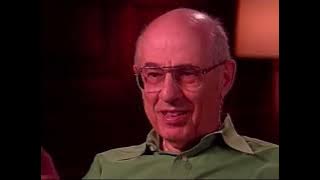Logical NOR
In boolean logic, logical nor or joint denial is a truth-functional operator which produces a result that is the negation of logical or. That is, a sentence of the form (p NOR q) is true precisely when neither p nor q is true—i.e. when both of p and q are false. It is logically equivalent to and , where the symbol signifies logical negation, signifies OR, and signifies AND. In grammar, neither…nor are a pair of correlative coordinating conjunctions. The NOR operator is also known as Peirce's arrow. Peirce, in unpublished manuscripts, first considered it as a logical operator, and showed that it can express logical NOT, AND, and OR. , Sheffer, and Nicod were the first to discuss it in print. Quine introduced the symbol for it. As with its dual, the NAND operator (a.k.a. the Sheffer stroke—symbolized as either , or ), NOR can be used by itself, without any other logical operator, to constitute a logical formal system (making NOR functionally complete). Other terms for the NOR operator include Quine's dagger, the ampheck (from Ancient Greek ἀμφήκης, amphēkēs, "cutting both ways") used by Peirce, and neither-nor. Other ways of notating include, P NOR Q, and "Xpq" (in Bocheński notation). The computer used in the spacecraft that first carried humans to the moon, the Apollo Guidance Computer, was constructed entirely using NOR gates with three inputs. (Wikipedia).



















